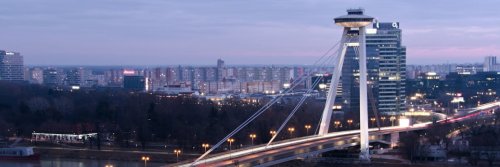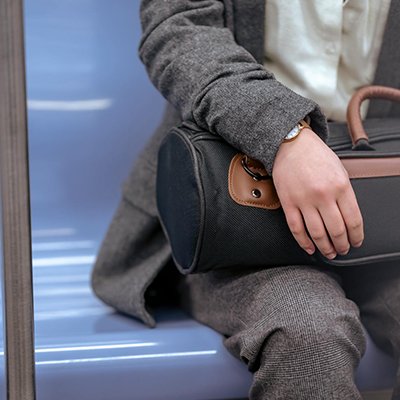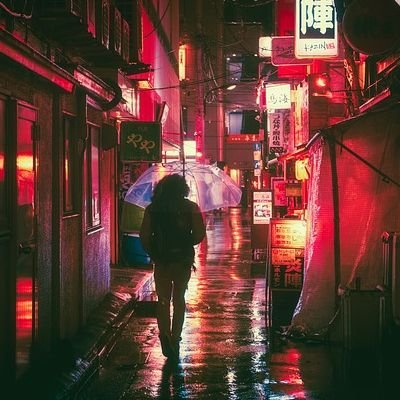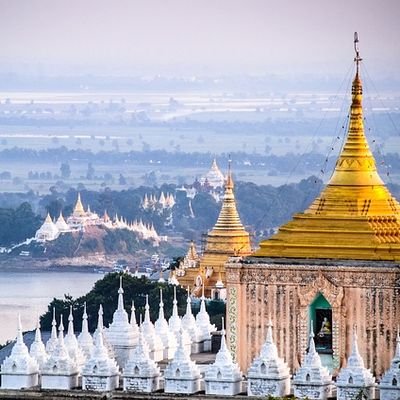Known as the City of Kings, Bratislava, Slovakia's capital city, is a honeycomb of pedestrian-only streets and red-roofed old buildings squatting amidst luscious grape vines surrounded by the Little Carpathian Mountains dressed in forests with cycling and hiking trails. The city is a remnant from the 18th Century in the shadow of the rebuilt and dramatic Bratislava Castle that dominates the skyline with views over the Danube River. Bordered by Hungary and Austria, Bratislava exudes European charm with plenty of inviting and bustling cafes and bars to tempt tastebuds with world-renowned cuisine and wines. When you've had your fill of tantalizing mouthfuls, there are galleries and museums to explore, plus historical landmarks, some with spine-chilling stories to make the hair stand up on your arms, to shake your head in wonderment, or to bring a small smile to your face in fanciful delight.
Like slowly turning the pages of a fairytale book, peeling back the layers of Bratislava's myths and legends reveals age-old stories forged from the legendary characters or buildings of the past.
If these stories are to be believed, the Danube River is the home of thousands of water sprites ruled over by a kind and rich King Ferko, who lived in a palace completely built out of gold. One may wonder if the mythical sprites with long flowing hair and translucent skin will appear after indulging in too much plum-tasting alcohol known as 'slivovica,' a traditional drink of the region. Or, romantic vibes may conjure up such ethereal visions of water sprites when strolling over the 'Bridge of Sighs', the iconic bridge leading from the Old Town to the castle. The mysterious aura is definitely alive during the annual Water Sprite Festival in June at the beginning of the rainy season when the water sprites rise from the Danube under the auspicious specter of Ferko, the King of the Danube.
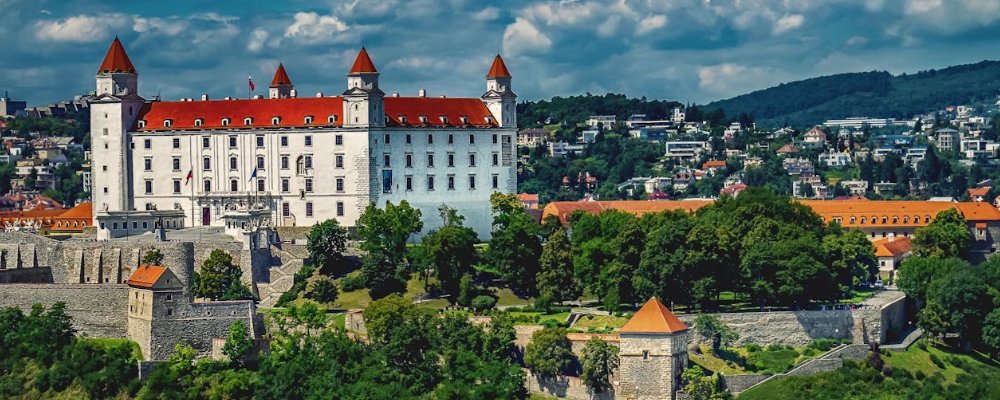
The iconic symbol of Bratislava, its castle, is believed to have been used as a 'giant's table.' The castle's four towers do, in fact, resemble table legs, and it does appear like a table upside down. According to the town's witch at the time—eons ago in folklore—a giant wizard named Klingsor who lived in Transylvania often visited Germany, and as he passed by the castle one night, he picked it up and turned it upside down to create a table for him to lie on, as he was tired. When the village people woke in the morning, all of the paintings in the castle were on the floor. The queen was not impressed with Klingsor's audacity and told him never to use the castle as a table again. The castle is also the centerpiece of another tale. This one is a love story of the daughter of a lord of the castle who was super picky about whom she would marry. It wasn't until a Turkish army attacked the castle and she laid eyes on the Turkish army's chief that she fell hopelessly in love with this enemy. In horror, her father locked her up in a bastille, but she managed to flee to the arms of her lover.
On Bezručova Street in the eastern enclave of the Old Town stands the stunning Blue Church, an iconic vision of art nouveau architecture that's said to have been built upon the ruins of a pagan temple destroyed by a Christian king. The façade of the church matches the blue sky above it, and everything inside and outside, from the mosaics to the glazed roof and gate, is baby blue. A mosaic above the main entrance depicts St Elizabeth, a medieval princess, risking her high social class by giving alms to the poor. It’s said that she turned a bouquet of roses into bread to feed the starving.
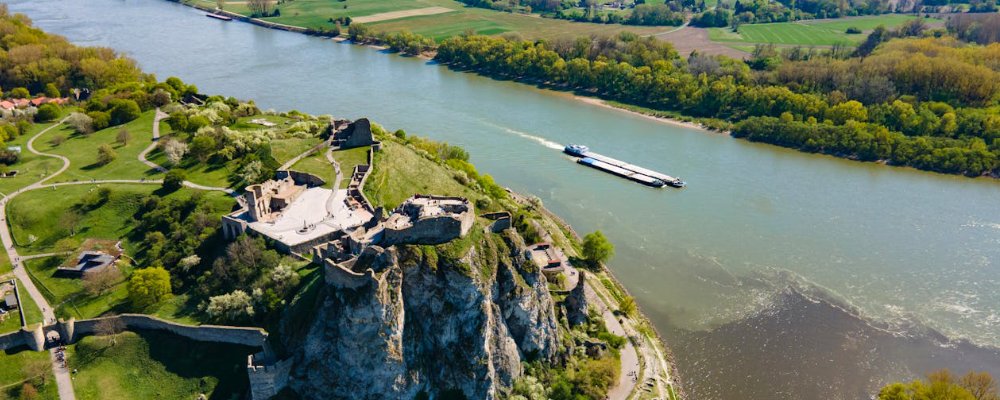
From water sprites to giants and lovers, the ghosts have to appear. Devin Castle, perched on the Austrian border, is believed to be haunted by a young woman who was betrayed by her lover. The Grassalkovich Palace has its own ghost drifting around its halls; a former mistress of the palace. The Slovak National Theater has a spooky story of being haunted by a famous opera singer who died on stage, and the Old Bridge has the ghost of a young man who drowned in the river showing up occasionally—maybe the water sprites are too entertaining for him to leave for the other world. Another ghostly apparition is a construction worker who died when the UFO Observation Deck was being built.
The fabulous tales continue to encompass the magical fountain, a Renaissance masterpiece named Maximillian II (a 16th Century King) but commonly referred to as the Roland Fountain after a singing knight, Roland, who was never without his sword called Durandal. More mystery explains the plague that hit Bratislava, which centered around the last remaining gate into the city, Michael’s Gate.
Bratislava’s cobblestoned streets and colorful houses lend themselves to the creation of fables. It's the smallest capital city in the European Union and is known for its plentiful lush parks and green spaces where graceful bridges crisscross the Danube's water sprites.
Gail Palethorpe, a self proclaimed Australian gypsy, is a freelance writer, photographer and eternal traveller. Check out her website Gail Palethorpe Photography and her Shutterstock profile.

